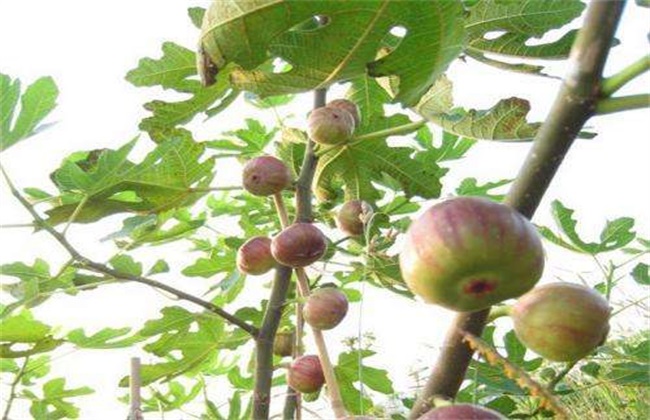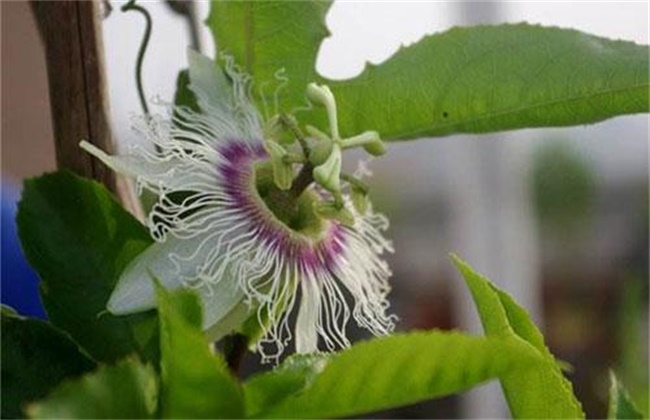Cultivation techniques of raspberry
Raspberry is a woody plant of Rosaceae, also known as raspberry, with barb thorns on its branches, which is an aggregated fruit. It has been cultivated as a fruit in Europe for many years, but it is seldom sold directly as fruit in China. It is mainly used as a traditional Chinese medicine after being dried, with high medicinal value. But now there is also a small amount of artificial cultivation, summed up some cultivation experience.

1. Build an orchard
Choose to plant on the south slope, not in the notch, but in the mountainous area ahead that is higher than the planting area. Do not plant in the mountain basin, the planting is easy to flood, the overall scope of the garden should be planned, small trees should be planted for enclosure, or barbed wire fence should be built. Surrounding weeds and weeds should be cut down.
2. Land preparation
Leveling the land, then turning the rough land deeply, then applying 2000 jin of farm manure, barnyard manure and weed compost, burying it into the bottom soil layer, and then machine rotary ploughing fine ploughing surface soil, the surface fine soil depth should be about 40 cm.
3. Set up a frame
Raspberry is a spiny shrub with slender branches and drooping easily after bearing fruit, so artificial cultivation needs to set up stents in time to help keep the plant growing upward. Support in the first year of planting, the plant growth peak began to set up, generally set up cement columns, pull a few iron wires to grow.
4. Water and fertilizer
Fertilization was carried out at the same time during mid-ploughing and weeding, topdressing once in flowering stage, once in fruiting period, using 30 jin of urea, 2 jin of borax and 2 jin of zinc sulfate in one mu of orchard. In addition, 2000 jin per mu of base fertilizer was applied in autumn. Less watering during flowering, maintaining basic humidity, and watering more after flowering, once every two weeks, but not too much, to avoid excessive moisture and fruit drop.
5. Pruning
After planting, in the first year of summer growth, we will find that the branches grow many and messy, so we should prune the overgrown branches in summer, select the strong branches as the fruiting branches, and cultivate the fruiting mother branches. Horizontal branches should be removed, low-hanging branches should be adjusted to grow upward, winter is basically thinning out winter shoots, and more new shoots should be left in the next spring.
Raspberry cultivation is to first build an orchard, and then to the land for some requirements, the need to build a frame, to maintain growth. Water and fertilizer is the key to vegetative growth and fruit. topdressing is needed and pruning is necessary for fruit trees with strong sprouting ability.
Related
- Moge, come on! The staff of the peasant association in the producing area of cantaloupe were frightened when the crowd gathered.
- Causes and Solutions of low Fruit setting rate of Apple
- Symptoms and control measures of passion fruit virus disease
- Fruit growing lesson: how do apple orchards keep high yields?
- Can you build orchards in the mountains? What are the pros and cons?
- How to manage the coloring period of Crisson grape?
- This paper introduces the processing technology of two kinds of fig products.
- How much is a month for retired teachers in rural areas by 2020?
- How can strawberry planting increase sugar content? We should pay attention to management in many aspects.
- What are the cultivation techniques on how to improve the yield of golden fruit?



